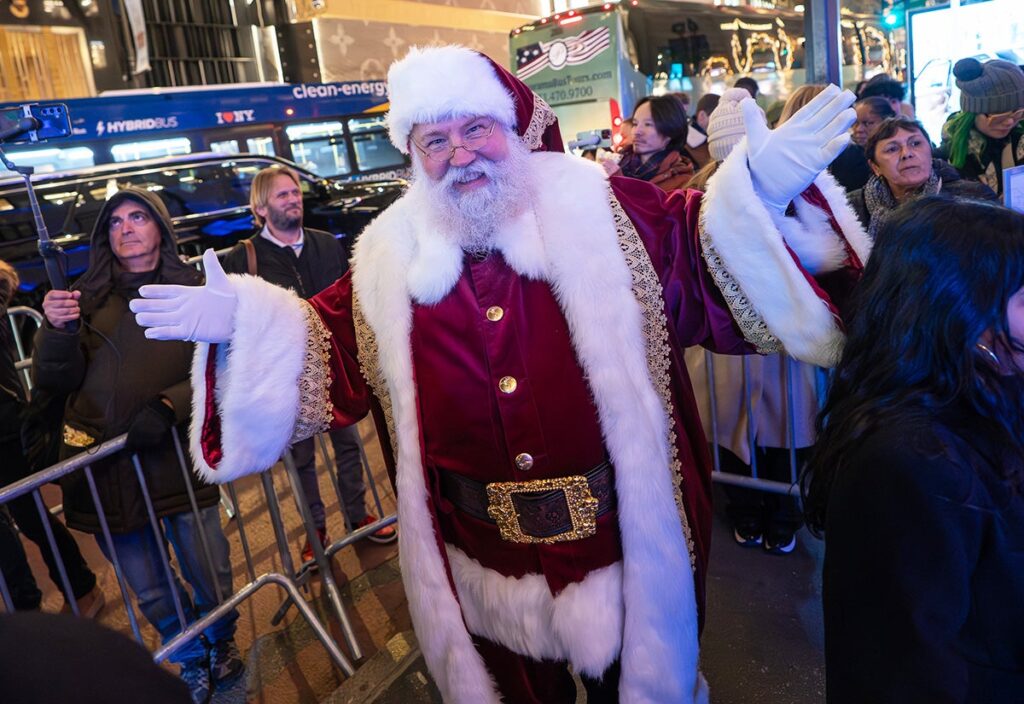What goes up occasionally has to come down, right?
After eight straight years of double-digit growth, spending on promotional products sank 10.4 percent to $16 billion in 2001, according to PROMO estimates based on industry sources.
With the economic downturn, widespread marketing budget cuts, and massive layoffs, the segment was unable to sustain the impressive revenue base it achieved in 2000. What may have hurt most was the decline in profligate Internet-based companies, many of whom had viewed ad specialties like the proverbial kid in a candy store.
The other key issue was the marketing cutbacks brought on by the recession. In many cases, that made logoed products for distribution at events or for the lower tiers of sweepstakes and games look glaringly expendable.
Corporate downsizing caused problems in two ways: The layoffs abruptly ended what in some instances were long-standing relationships between brands and distributors; the cuts also created less of a demand for products — a company with 40,000 employees simply needs fewer logoed T-shirts than one with 60,000 employees.
Yet the downturn only put segment spending back to 1999 levels, which has optimistic industry experts bullish on 2002. “Our studies show that even in a down economy the use of promotional products — which is a less expensive way to maintain advertising — can build repeat business and name recognition,” says Bill Prickett, p.r. specialist for Promotional Products Association International, Irvine, TX.
Budget constraints also had marketers demanding a greater return on investment last year, says Jay Deutsch, ceo of Bensussen Deutsch & Associates, Seattle. In some cases, that even means a literal profit through sales of branded products. To support the launch of Redmond, WA-based Nintendo of America’s Game Boy Advance and GameCube systems, BDA developed a carrying case for the products that was given away in some promotions but is also being sold. “It brings the brand to life,” Deutsch says. “And we’re creating a revenue stream.”
Mixed Bagging
While apparel continues to be the most popular product category, a wide variety of items garnered appeal in 2001. “The casual work atmosphere has truly trickled down into more things than just apparel,” says Larry Alford, corporate merchandising advisor at Cyrk, Inc., Wakefield, MA. (The company was “formed” in early 2001 when ceo Bob Siemering led a group of investors in buying out the corporate products group — and name — of industry leader Cyrk-Simon Worldwide.)
Because people are becoming more itinerant at work, products such as hands-free cell-phone kits and chargers are also popular. And with safety and security issues becoming top of mind, personal safety items such as luggage locks also rose in popularity, Sinnett says.
Elsewhere, patriotic products including a variety of flag-bearing items surged in popularity after Sept. 11.
In other distributor news, Ha-Lo Industries, Niles, IL, struggled to right itself after filing for Chapter 11 bankruptcy in June 2001. Reorganization efforts included the elimination of 230 positions company-wide and the consolidation of management and support functions with those of its Lee Wayne subsidiary in Sterling, IL.
Also in June, Ford Motor Co.’s iDentify promotional product venture acquired The Beanstalk Group, New York City, which handles the corporate licensing programs for such huge brands as Coca-Cola, McDonald’s, and Harley-Davidson. The auto maker formed iDentify in 2000 as a joint venture with Ha-Lo, but iDentify ceo Linden Nelson bought out his former company last spring.
If January’s PPAI Expo is any indication, the promotional products segment may already be rebounding. The annual trade show drew 10,000 distributor attendees and 3,600 exhibitors. “People were buying,” Prickett says. “There was a real sense of optimism.”
SNAPSHOT
- Spending fell 10.4 percent due to the economic downturn.
- Budget constraints have marketers seeking greater product value and better ROI.
- Wearables remains the strongest product category.



